
Top Statistical Programming Languages of 2025
Mar 28, 2025 4 Min Read 11503 Views
(Last Updated)
In this ever-growing vast field of technology, programming languages play a pivotal role in its development. There are various types of programming languages such as object-oriented, procedure-oriented, and so on, one such type is what we call a statistical programming language.
Statistical programming language typically refers to a programming language that is specifically designed and optimized for performing statistical analysis, data manipulation, and data visualization. These languages provide a set of tools, functions, and libraries that facilitate the manipulation, exploration, and modeling of data for statistical purposes.
It is commonly used by data analysts, data scientists, and researchers who work with data on a regular basis and use complex statistical computations.
Of late, there are many languages specifically designed to do these statistical operations. It is quite a big number and the question of which statistic language is the best arises when you start looking out for them.
But worry not, I will be answering that question for you. In this article, I compiled the best statistical programming languages of 2025 and I explained their features in order for you to gain a clear understanding of how each one of them works.
Table of contents
- Top Statistical Programming Languages of 2025
- Python:
- R
- Julia
- MATLAB
- SAS (Statistical Analysis System)
- Features of the Statistical Languages:
- Conclusion:
- FAQs
- Which statistical language is the best for data analysis?
- Do I need programming experience to use a statistical language?
- Can I use multiple statistical languages together?
- Can statistical languages handle big data?
- Are statistical languages only used for statistical analysis?
Top Statistical Programming Languages of 2025
This guide contains a list of statistical programming languages that can help you program faster and much better. The compilation has been done on the basis of features, speed, flexibility, and user interface.
As each statistical programming languages contain distinct features, it is important to know every one of them to pick the right language so stick till the end to find your suitable language.
Python:
Python is a general-purpose programming language that is often used for statistical computing and data analysis. It is known for its simplicity, readability, and versatility.
Python has a large and active community of users and developers, and there are many libraries and frameworks available for statistical computing. Some of the most popular Python libraries for statistical computing include NumPy, SciPy, and Pandas. You can learn more about Python from various websites across the internet but make sure to learn it to the end.
It offers excellent integration with other technologies, making it useful for building end-to-end data pipelines and deploying machine learning models in production.
Its active community and the large ecosystem of libraries contribute to its growth and that’s what made this feature in this guide.
As we continue, ensure you’re solid on Python essentials from basics to advanced-level. If you are looking for a detailed Python career program, you can join GUVI’s Python Course with placement assistance. You will be able to master the Multiple Exceptions, classes, OOPS concepts, dictionary, and many more, and build real-life projects.
Also, if you would like to explore Python through a Self-paced course, try GUVI’s Python Self-Paced course.
R
R is a statistical programming language that is specifically designed for data analysis and visualization. It has a wide range of built-in statistical functions and is well-suited for handling large datasets.
R is also extensible, and there are many third-party packages available that add additional functionality. Some of the most popular R packages for statistical computing include ggplot2, dplyr, and tidyverse.
R has a rich ecosystem for data exploration, modeling, and hypothesis testing. It provides a wide array of statistical functions and tools that make it highly suitable for statistical research and data analysis.
R’s syntax is specifically designed to facilitate statistical modeling and is favored by statisticians and researchers. It is important to learn R programming thoroughly in order to use it so make sure to understand it fully and then start working with it.
Julia
Julia is a relatively new programming language that is designed to be fast, flexible, and expressive. It is well-suited for scientific computing and data analysis, and it is gaining popularity among researchers and data scientists. Julia is often compared to Python and R, but it is faster than both languages and can handle larger datasets.
Julia has an extensive set of packages for statistical computing, making it an attractive option for those seeking both performance and ease of use.
Julia’s focus on performance and ease of use has made it a popular choice for scientific computing, data analysis, and numerical simulations.
It aims to bridge the gap between high-level languages like Python and performance-oriented languages like C, providing a productive and efficient environment for computational workloads.
MATLAB
MATLAB is a high-level programming language that is used for mathematical computing and data analysis. It is known for its powerful numerical computation capabilities and its graphical user interface. MATLAB is often used in engineering, science, and finance.
MATLAB stands for “MATrix LABoratory,” reflecting its origins in matrix computations and its powerful tools for numerical analysis.
Its interactive environment and visualizations aid in exploring and understanding complex data, while its programming capabilities enable users to create efficient and scalable solutions to scientific and engineering problems. It is better to do a course in MATLAB to get a better grip on the matter and it will be easy for you to use it after learning.
SAS (Statistical Analysis System)
SAS (Statistical Analysis System) is a software suite developed by SAS Institute Inc. that provides a comprehensive set of tools for data management, advanced analytics, and business intelligence.
SAS is widely used in industries such as healthcare, finance, market research, and government for data analysis, reporting, and decision-making.
Its extensive range of features, robustness, and integration capabilities make it suitable for a wide range of industries and data analysis needs. However, it’s worth noting that SAS is proprietary software, and licensing can be required to access and use its full functionality.
Features of the Statistical Languages:
In the above section, you learned about the important statistical languages of 2025 and in this section, I will be explaining its features in a simple tabular form.
| Features | Python | R | Julia | MATLAB | SAS |
|---|---|---|---|---|---|
| Purpose | General-purpose programming language | Statistical analysis and data science | High-performance scientific computing | Numerical computing and data analysis | Data management and analytics |
| Open Source | Yes | Yes | Yes | No | No |
| Syntax | Easy-to-read and user-friendly | Extensive syntax for statistical analysis | Modern and expressive syntax | Easy-to-read and user-friendly | Structured and extensive syntax |
| Libraries/ | NumPy, Pandas, SciPy, Matplotlib, | Tidyverse (dplyr, ggplot2), | Julia ecosystem (DataFrames.jl, | MATLAB Toolbox ecosystem (Statistics, | SAS procedures and functions |
| Packages | Scikit-learn, TensorFlow, PyTorch, | tidyr, caret, ggplot2, | GLM.jl, Plots.jl) | Curve Fitting, Image Processing, etc. | (BASE, STAT, SQL, etc.) |
| Data Analysis | Yes | Yes | Yes | Yes | Yes |
| Statistical | Yes | Extensive statistical modeling | Yes | Yes | Extensive statistical procedures |
| Interoperability | Integration with C/C++, Java, | Integration with C/C++, Java, Python | Integration with C/C++, Python | Integration with C/C++, Java, Python | Integration with other languages |
| Community | Large and active community | Large and active community | Growing community | Active community | Large and active community |
Kickstart your Statistical Programming journey by enrolling in GUVI’s Python Course where you will master technologies like multiple exceptions, classes, OOPS concepts, dictionaries, and many more, and build real-life projects.
Alternatively, if you would like to explore Python through a Self-Paced course, try GUVI’s Python Self Paced course.
Conclusion:
In conclusion, statistical languages play a vital role in the field of data analysis and statistical modeling. Whether it’s R, Python, SAS, Julia, or MATLAB, each statistical language brings its unique strengths and features to the table.
With their extensive libraries, community support, and integration capabilities, statistical languages continue to evolve and adapt to the growing demands of data-driven industries.
By exploring the power of statistical languages, analysts and researchers can unlock the true potential of data and drive innovation in various fields.
FAQs
The best statistical language for data analysis depends on various factors, including the nature of your data, the complexity of the analysis, and your personal preferences and familiarity with the language.
R and Python are popular choices due to their extensive libraries and active communities, while SAS and Julia are often preferred in specific industries.
While programming experience can be beneficial, it is not always a prerequisite for using a statistical language. Some languages, like R and Python, have user-friendly interfaces and graphical tools that make it easier to perform statistical analysis without extensive programming knowledge.
However, having some understanding of programming concepts can help you leverage the full capabilities of a statistical language.
Yes, it is common to use multiple statistical languages together. For example, you might use SQL for data extraction and preparation, and R or Python for statistical analysis and modeling. Many languages offer integration capabilities, allowing you to leverage the strengths of different languages within your analysis workflow.
Yes, statistical languages are capable of handling big data, but the efficiency and scalability may vary between languages. Some statistical languages, like R and Python, have libraries (e.g., dplyr, pandas) that offer optimized operations for large datasets.
Additionally, languages like SAS and Julia are known for their performance in handling big data and complex computations.
While statistical languages are primarily used for statistical analysis and modeling, many of them have grown to become versatile and support a broader range of applications.
For example, Python is a general-purpose language widely used in web development, data science, and automation, alongside its statistical capabilities.





















![What is TypeScript? A Beginner's Guide [2025] 2 typescript](https://www.guvi.in/blog/wp-content/uploads/2025/05/What-is-TypeScript_-A-Beginners-Guide.png)
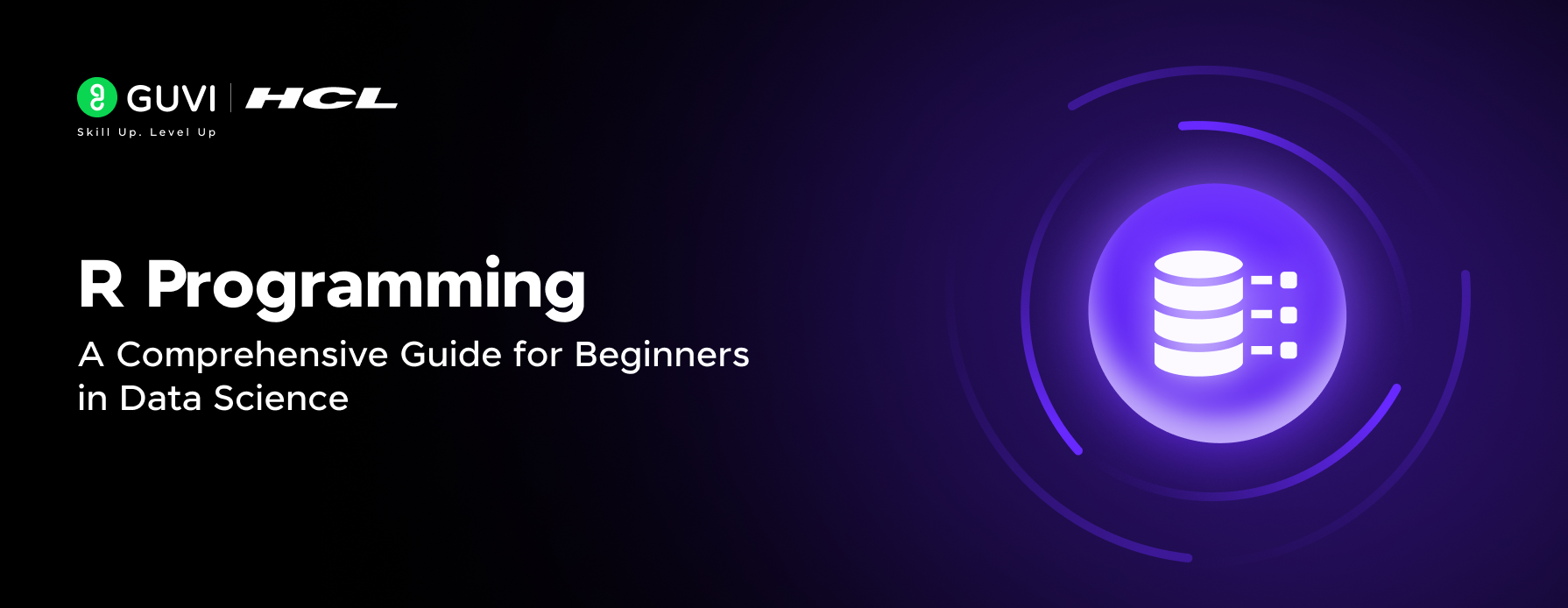
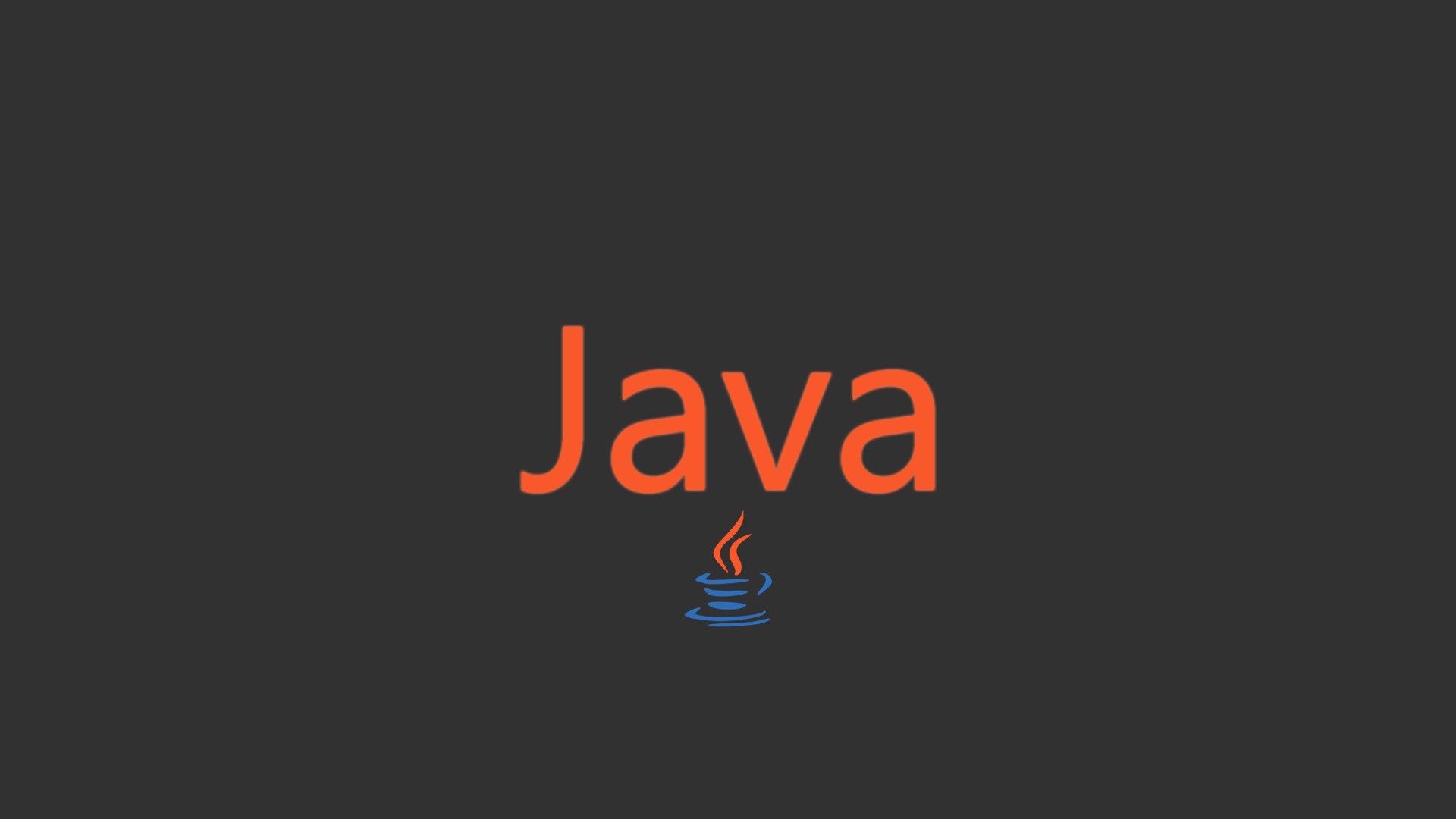
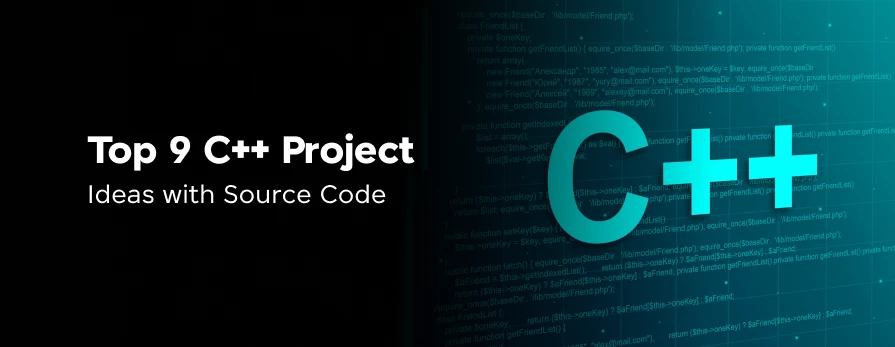

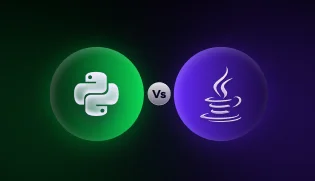
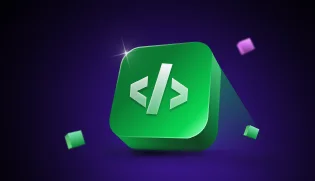
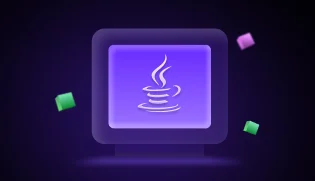


Did you enjoy this article?